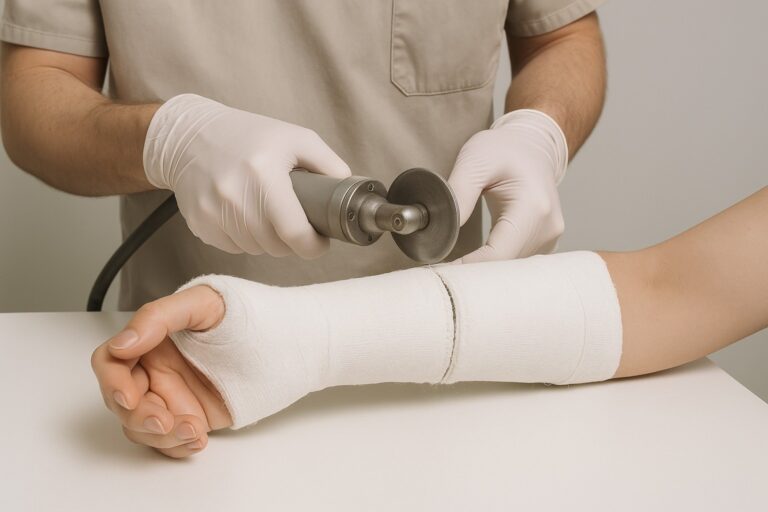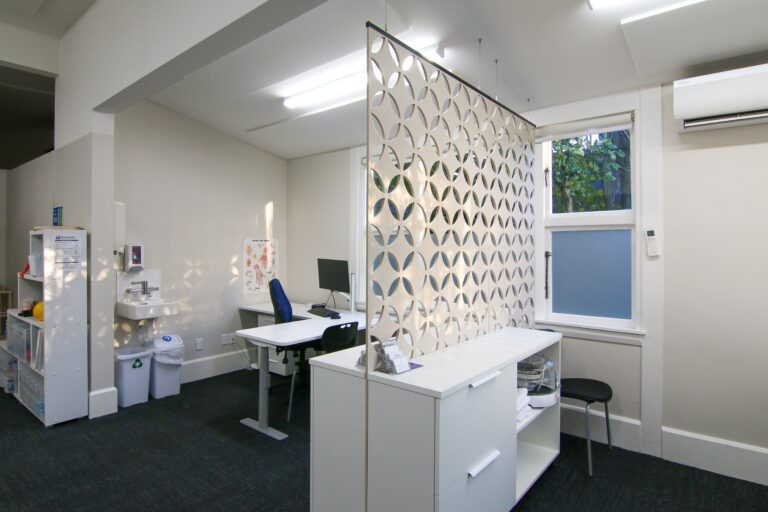Finger fractures are common injuries, and the mechanism of injury (how it happens) varies from balls hitting fingertips, fingers getting caught in dog leads, fingers being crushed in door jams, through to simple trips and falls. The end result is the same… a broken bone. A common myth is that if you can move your finger, it is not broken. While severe fractures or joint dislocations may prevent movement, for most fractures the finger will still move quite well. Generally, movement will become more difficult once swelling increases. So, what are the signs and symptoms that might indicate your finger is broken?
Bruising
Bruising is a sign that blood has escaped from capillaries (small blood vessels) in the area around the injury site, which means there has been damage to one or more structures. Bruising can be superficial (from a knock or bump) or deeper, from a broken bone. The bigger the area of bruising, the more likely the damage is deep, possibly bone deep.
Swelling
Swelling and Inflammation is a sign of the body’s normal response to injury and the inflammatory response normally peaks at 2-3 days post-injury. The pain and swelling from a broken finger can last for weeks, but it should steadily begin to improve a few days after the break. Your hand therapist will advise you on the most effective ways to reduce this swelling.
Deformity
A common sign when a fracture is severe, is the changed alignment of the finger. The finger may sit at an odd angle, or cross over other fingers when trying to make a fist. These fractures need to be reduced (put back into the correct position) before commencing splinting and rehabilitation. This is normally achieved by applying traction to the finger to move it back into normal alignment. The finger is normally x-rayed afterwards to check that the fracture position has improved. Occasionally, these fractures will require surgery.
Numbness
Experiencing numbness in a finger is a symptom that may occur either from the trauma of the injury itself, or because swelling compresses the nerves in the finger.
Hand therapists are skilled in the splinting and rehabilitation of finger fractures. Seeking early help with any suspected fracture will allow an early diagnosis and management plan to be put in place. It is very important that the splint is worn exactly as prescribed by your therapist so that the finger heals properly. Treatment will commonly include exercises to improve movement, reduce swelling, desensitise the area (if required) and advice on what activities to avoid. When treated correctly, broken fingers generally regain good, functional, movement and strength.





